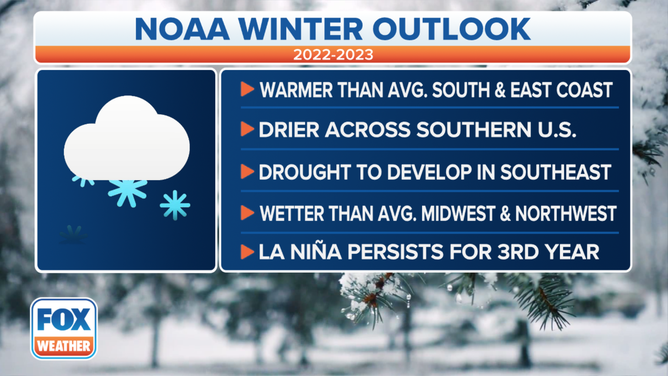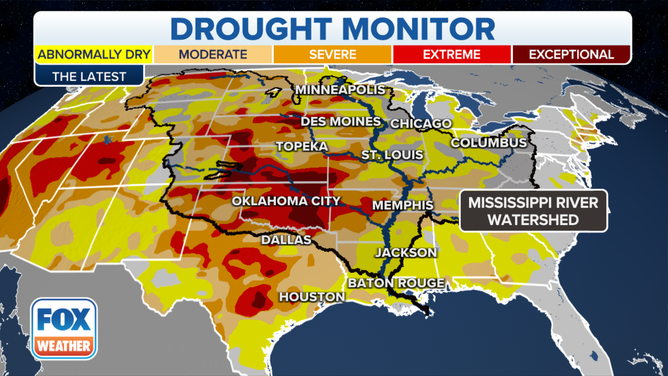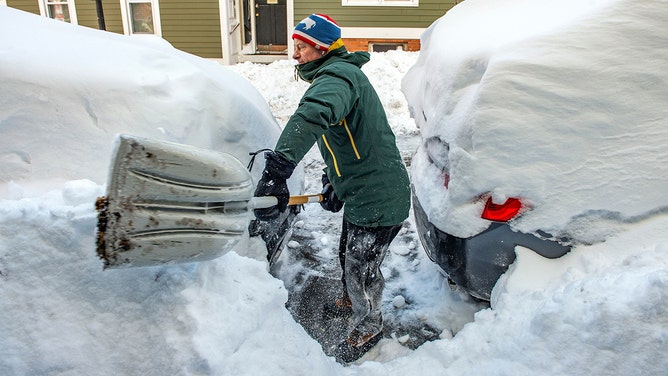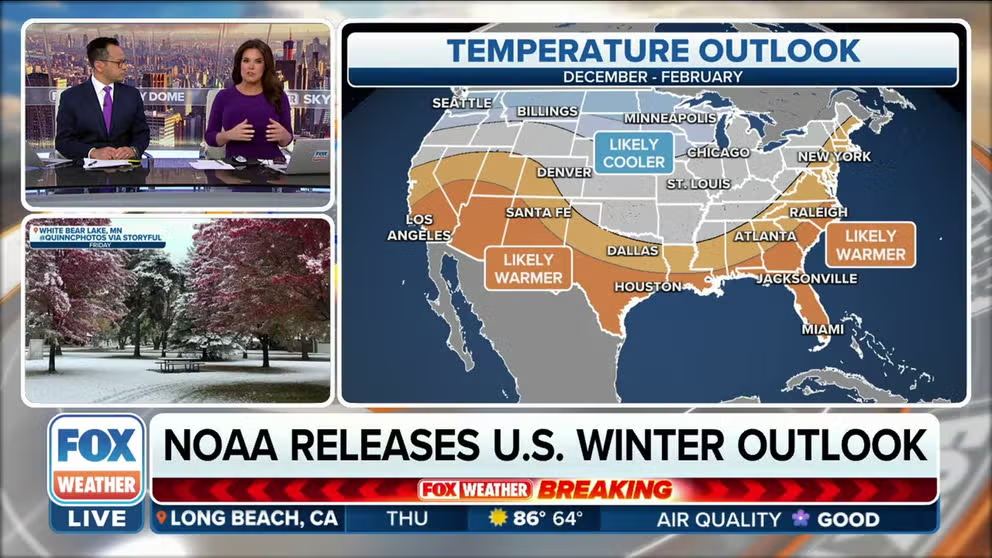How bad will winter be? NOAA predicts La Nina will play role in season's weather for 3rd straight year
NOAA predicts drier-than-average conditions across the South with wetter-than-average conditions for areas of the Ohio Valley, Great Lakes, northern Rockies and Pacific Northwest, all of which are very typical for the La Niña pattern.
NOAA U.S. Winter Outlook: La Niña to bring warmer, drier South
This year La Niña returns for the third consecutive winter, driving warmer-than-average temperatures for the Southwest and along the Gulf Coast and eastern seaboard, according to NOAA’s U.S. Winter Outlook
If you hated winter the last two years, expect the same. Loved it? Get ready for more this year, thanks to the presence of a La Niña pattern for a third straight year.
La Niña happens when there is abnormal cooling of the water in the central and eastern tropical regions of the Pacific Ocean. This pattern typically creates warmer and drier conditions across the southern U.S., while colder and wetter conditions usually occur across the northern tier.
According to NOAA's 2022-23 winter outlook released Thursday, that type of weather is expected this season.
The agency's winter outlook covers the three-month period known as "climatological winter," which runs from December to February.
Here's a closer look at NOAA's predictions.

This year La Niña returns for the third consecutive winter, driving warmer-than-average temperatures for the Southwest and along the Gulf Coast and eastern seaboard, according to NOAA’s U.S. Winter Outlook.
(FOX Weather)
Temperature outlook
NOAA expects the greatest chance for warmer-than-average conditions in western Alaska, the Central Great Basin and the Southwest extending through the Southern Plains.
Warmer-than-average temperatures are also favored in the Southeastern portion of the U.S. and along the Atlantic coast.
Below-normal temperatures are favored from the Pacific Northwest eastward to the western Great Lakes and the Alaska Panhandle.

Here's a look at NOAA's U.S. Winter Outlook 2022-2023 map for temperature.
(FOX Weather)
Precipitation outlook
Areas to see the greatest chances for drier-than-average conditions are forecast in portions of California, the Southwest, the southern Rockies, Southern Plains, Gulf Coast and much of the Southeast.
Wetter weather is predicted across the Pacific Northwest and across the Great Lakes regions.
The remainder of the U.S., NOAA said, will fall into the category of equal chances for below-, near- or above-average seasonal total precipitation.

Here's a look at NOAA's U.S. Winter Outlook 2022-2023 map for precipitation.
(FOX Weather)
Drought outlook
Drought conditions are present across about 59% of the country, but parts of the Western U.S and southern Great Plains will continue to be the hardest hit this winter, according to Jon Gottschalck, chief of the Operational Prediction Branch at NOAA’s Climate Prediction Center.
"With the La Niña climate pattern still in place, drought conditions may also expand to the Gulf Coast," he said.
According to NOAA, widespread extreme drought will continue across much of the West, the Great Basin and the central-to-southern Great Plains. The middle and lower Mississippi Valley are also expected to see some drought impact. Drought development is also likely to occur across the south-central and southeastern U.S.
On a positive note, NOAA said drought conditions are expected to improve across northwestern portions of the U.S. over the coming months.
LOW WATER LEVELS IN MISSISSIPPI RIVER REVEAL SHIPWRECK THAT'S MORE THAN 100 YEARS OLD

Here's a look at the current U.S. Drought Monitor.
(FOX Weather)
What is a La Niña?
La Niña is a cooling of the ocean that leads to below-average sea surface temperatures in the central and eastern tropical regions of the Pacific Ocean. It differentiates itself from an El Niño, which is a warming effect.
NOAA: La Nina conditions for third straight year
Assistant Professor of Atmospheric Science at the Desert Research Institute Ben Hatchett on what weather conditions to expect in the U.S. with a La Nina winter.
Seasonal outlooks: Hit or miss?
NOAA produces seasonal outlooks to help the nation prepare for likely weather and climate patterns during the next few months to help minimize negative impacts on lives and livelihoods. But just how on-target are these seasonal outlooks?
WINTER PREDICTION SCOREBOARD: HOW ON-TARGET ARE SEASONAL OUTLOOKS?
Since 1995, many of the seasonal temperature outlooks have ranged between zero and 40 on the Heidke Skill Score (HSS) – a score of 100 means the outlook was perfect. Only three times has the HSS come in at 80 or above, depicting nearly pinpoint accuracy.
In the winter of 2020-21, both temperature and precipitation outlooks came in below zero, indicating more inaccuracies than precisions in the outlook.
FARMER’S ALMANAC DECLARES PART OF US ‘HIBERNATION ZONE’ WITH PREDICTED ‘GLACIAL, SNOW-FILLED’ WINTER

A resident shovels snow around vehicles in Boston, Massachusetts, on January 30, 2022.
(Joseph Prezioso/AFP / Getty Images)
Are you tired of weather apps with endless numbers that offer no context or help to understand the weather? Put the power of over 100 meteorologists and the worldwide resources of FOX in your hands with the free FOX Weather app. See and interact with the forecast for today and 14 days into the future, along with hourly details for the next 48 hours.

